News 10/19/10
SRS lands a big contract with the 242-provider Illinois Bone & Joint Institute (IBJI). IBJI selected the SRS Hybrid EMR following a 30-day, multi-site pilot installation.
West Virginia launches an e-prescribing initiative that will allow Medicaid providers to electronically forward Medicaid and commercial prescriptions to pharmacies. The WVeScript service is offered free of charge and uses the Surescripts e-prescribing network.
When adverse drug event reporting tools are incorporated into an EHR, physicians are more likely to participate in the reporting process. These findings are based on a pilot study with 26 practicing physicians testing an EHR-based tool that automates adverse drug reporting to the FDA.
The AMA adds Quest Diagnostics Care360 EHR as a Web-based EHR alternative on the AMA’s online platform.
Nice use of EMR: physicians at the University of Texas Medical Branch pull data from their EMR to examine blood lead levels in children. Data from 2006 to 2008 indicated that blood lead levels in 1-2 year old children were higher among children living on Galveston island than in other regions. In part driven by these findings, the UTMB worked with the city to reduce city-wide lead levels. More current data, collected during routine office visits, indicates blood lead levels have declined and are in line with state and national averages.
GE Healthcare says it has successfully linked its Centricity EMR with several non-GE inpatient systems, allowing for the sharing of clinical patient data.
American Medical News weighs the pros and cons of cloud computing for physician offices. Pluses: it’s usually less expensive, provides a virtually maintenance-free infrastructure, and is highly accessible from anywhere. Potential concerns include unreliable speed, less control over downtime, and uneasiness because data is stored off-site. A third of the industry is using some type of cloud-based application, so I’m thinking the clouds don’t need to be feared.
Look for some field reporting next week when I travel to MGMA in New Orleans. If you have any suggestions for sessions, exhibits, or quick shoe shopping, send me a note. Whether you are MGMA-bound or not, you’ll enjoy reading our Vendor Executives post this week, which features several industry execs and their predictions for the hot topics that attendees will be discussing (hint: Meaningful Use is just one of many.) Also this week: our annual HIStalk/HIStalk Practice MGMA exhibit guide, which highlights some of the cool things you can check out when stopping by our sponsors’ booths.
I love when vendors promote good causes, so of course I’m happy to mention Sage Healthcare’s support of Breast Cancer Awareness during MGMA. Sage will install a 6’ X 8’ Wall of Hope for attendees to share their personal stories battling breast cancer. For each story posted, Sage will make a donation to breast cancer research. I’ll be stopping by to lend my support (though thankfully I don’t have a personal story to share.)
Here is something to ponder: if physician finder/physician rating services cannot reliably remove information on deceased doctors, should the overall accuracy of the sites be questioned? The question was first posed by blogger Barbara Duck, who found several listings for one of her former and not-so-recently deceased physicians. The physician data manager for HealthGrades says they’d like more physician involvement to make sure data is correct, saying, “We’re trying to make sure that the physician is responsible for their Web presence.” (Who knew there was Internet in the afterlife?) Perhaps these sites need a big “Buyer Beware” stamp so patients won’t immediately assume that just because it’s on the Web, that a particular physician will take a specific insurance, has a current license, or even has a pulse.

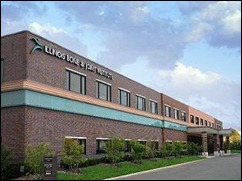
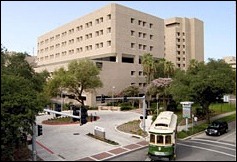




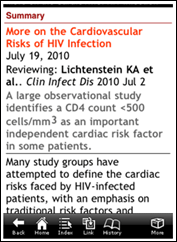


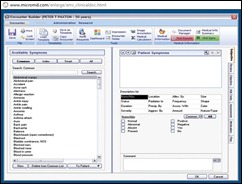
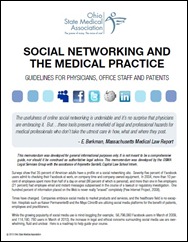


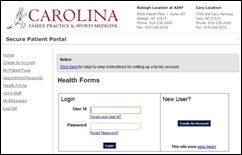
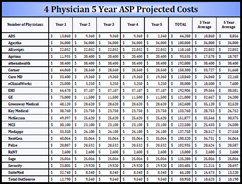
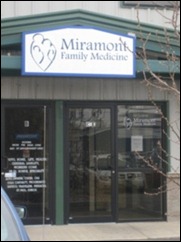

The article about Pediatric Associates in CA has a nugget with a potentially outsized impact: the implication that VFC vaccines…